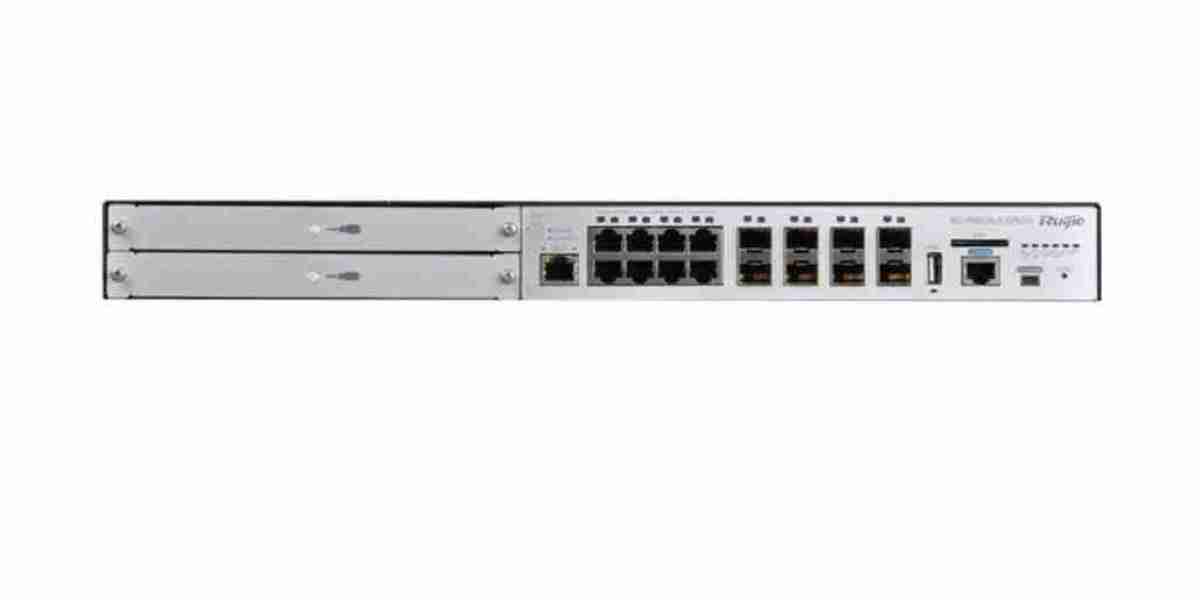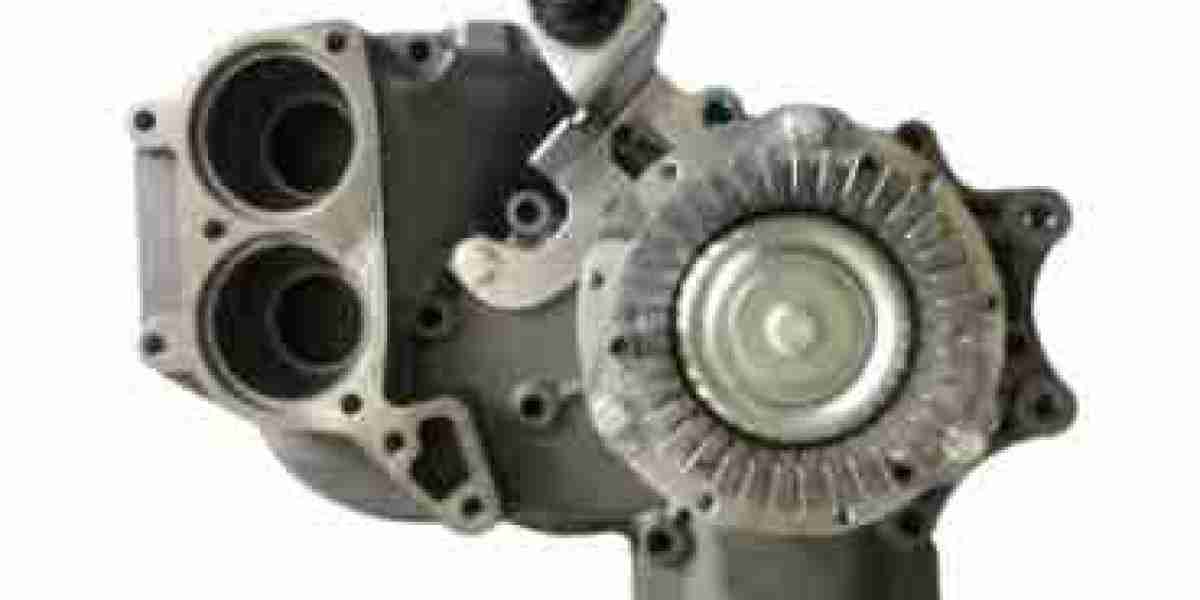Without the creation of blockchain, the world of cryptocurrencies would not exist. This technology allows us to send and receive funds in cryptocurrency anywhere in the world, with no geographical restrictions and lower fees than higher security banking systems. In this article, we'll learn together what a blockchain browser is and how to use it to harness the power of crypto address lookup.
Introduction to blockchain technology
Let's first look at what a blockchain browser is. The Blockchain browser is an online tool that allows users to view transaction details, blocks, and addresses on the blockchain. It provides a search engine-like experience, allowing users to check specific transactions, confirmations, balances, and network statistics.
There are many types of blockchain browsers, such as Trust Wallet Blockchain browser, open source blockchain browser, or the well-known blockchain browser Binance.
Crypto blockchain browsers can be specific to each currency, such as the Bitcoin Blockchain Browser, which allows you to view all Bitcoin transactions conducted on the blockchain or USDT blockchain browser. But in general, you'll find all these deals on the same platform.
How does a blockchain browser work
- Interacting with a node: The blockchain browser connects to a full or multiple node of the corresponding blockchain that holds a copy of the entire transaction history.
Database indexing: It indexes blockchain data to speed up queries, allowing quick references to its database and reducing the need to search the entire blockchain. This indexing process provides real-time or near-real-time insights into transactions, blocks, and addresses.
Web interface: Used to retrieve relevant blockchain data, including block numbers, transaction ids, and addresses, and present it in a readable and understandable manner using network statistics visualization tools.
Search functionality: Users can search for specific transactions, addresses, or blocks, and the program retrieves information from its indexed database and displays results.
- Real-time updates: Provide real-time or near-real-time updates, especially about the status of new blocks and memory pools, as they are continuously synchronized with the blockchain.
Key features and functions of blockchain browser
Transaction Lookup: Users can search for transactions using a unique ID, showing sender and recipient addresses, the amount transferred, transaction fees and confirmation numbers.
Block information: You can view block details such as block height, transactions, miners, and timestamps by examining specific blocks in the blockchain.
Address summary: The system allows a blockchain address to be entered to view its current balance, past transactions and other relevant statistics.
Network statistics: This data reveals the overall state of the blockchain, including its current hash rate, difficulty level, and transaction volume over a period of time.
Memory pool status: Real-time information about unconfirmed transactions awaiting confirmation in the current network memory pool.







